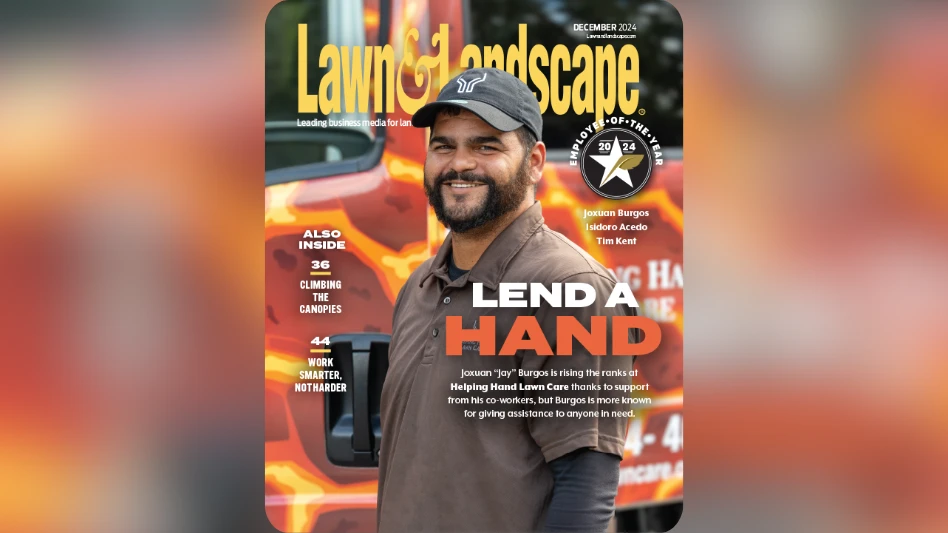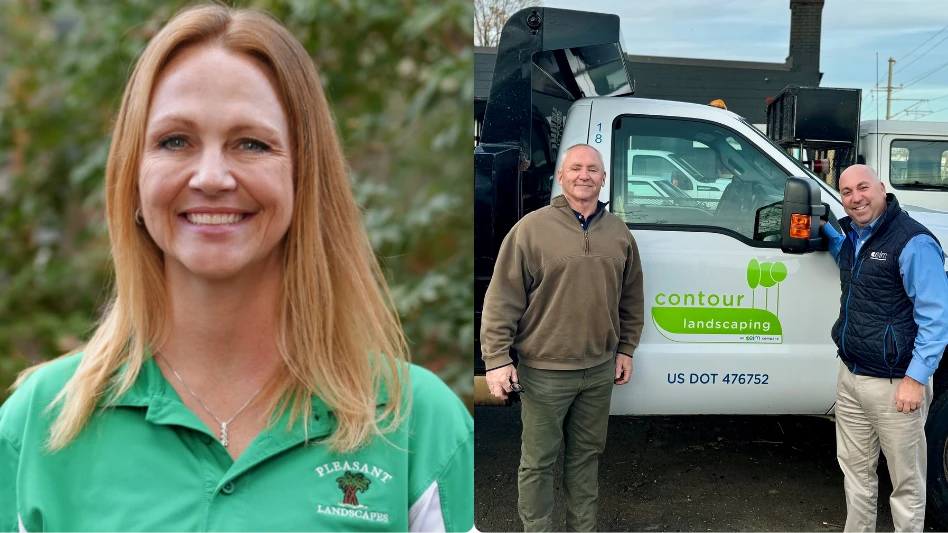 In this difficult economy, everyone is seeking ways they can keep their business afloat and, preferably, profitable. In order to do so, many companies have downsized, closed unprofitable divisions or even refocused their entire business strategy. Every market is different, which makes the right approach to handling these tough times differ vastly from company to company. “It’s such a complex problem to solve because every business really exists in a different world from every other business – even when they’re in the same industry,” says Kevin R. Kragenbrink, Ph.D., owner and head business coach of Estrada Strategies in Knoxville, Tenn. “There’s no one right answer.”
In this difficult economy, everyone is seeking ways they can keep their business afloat and, preferably, profitable. In order to do so, many companies have downsized, closed unprofitable divisions or even refocused their entire business strategy. Every market is different, which makes the right approach to handling these tough times differ vastly from company to company. “It’s such a complex problem to solve because every business really exists in a different world from every other business – even when they’re in the same industry,” says Kevin R. Kragenbrink, Ph.D., owner and head business coach of Estrada Strategies in Knoxville, Tenn. “There’s no one right answer.”
One of the biggest mistakes owners can make when trying to adjust or refocus their business to handle this tough economy, warns Kragenbrink, is to simply look at what’s profitable and, without delay, shift the entire business to serve that area.
Immediately cutting back on important members of your labor force before reassessing other potential alternatives can also be a long-term error. These decisions require taking a closer look at what changes will need to be made in order to be successful. For many, this is a good time to reassess and reevaluate without being rash, in the hopes that making the right changes will keep the business alive for the future.
A Time for Change
While it’s unwise to rush into a drastic change, it is often change that is required to survive these trying times. That’s what Greg Isaac, president of Cutting Edge Landscape Contractors, in Spring, Texas, began to realize after his revenue peaked in 2006, and started a steady downfall. “In 2006 we were doing around $3.5 million per year, had 35 employees and about 13 crews on the road,” he says. “We were slammed. I had a huge office with lots of people, and it was a pretty well-oiled machine.” That picture from three years ago is quite different than the one today. “Where I sit right now, I have four total employees and nobody is in this office other than me,” he says. “It’s still the same big office, and there are lots of empty cubicles, but it’s just me here.”
His story is familiar to many. Isaac was having so much success with the design/build portion of his business that during the boom he got out of doing maintenance and focused entirely on landscaping for custom home building companies and some commercial accounts. But after 2006, he started noticing a decline in work and builders were really pinching his company on pricing. Though he tried to keep everything going, he recognized the need to start scaling back. Around that same time he was approached by someone who needed herbicide spray for a railroad yard. “At the time I was so busy that I turned him down,” says Isaac. “I really wasn’t interested in getting back into maintenance.” But as revenue continued to drop – the company did $2.7 million in 2007 and then $2.2 million in 2008 – he began crunching the numbers and realized that refocusing on maintenance was a wise financial design. Isaac was grateful to learn the railroad yard job was still available, and today maintenance has become virtually 100 percent of the business, with a focus on commercial accounts. “We do $1 million a year in herbicide spray, and profits are way more than they’ve ever been,” he reports.
His ability to be able to make this big change when it became necessary is why Isaac says he’s succeeded, despite the tough times. He refused to go down with what he considered a sinking ship. “I know so many landscape companies that are just struggling to hang on to the part of the industry that was good at the time, and they’re just not willing to let go,” he says. “But those jobs have dried up. It was good then, but it’s not good now, and there is no sense in trying to hang on.”
Retain Core Value and Employees
While Isaac was fortunate to find a lot of maintenance work to sustain a new focus of his business, that’s not been the case for everyone. Jeff Reuter, president of Sonoran Landesign in Phoenix, says the company has tried to push for more maintenance work as design/build jobs began drying up, but they’ve found that other area landscape firms are doing the exact same thing. “It’s really hard to make a margin in maintenance right now because everyone is discounting their services so much,” he says. What’s ironic is that Reuter has found his business competing against the individuals who were displaced from companies like his own in order to downsize on labor expenses. “They’re doing maintenance work out of their truck, and there’s just no way to compete with that,” he says.
Instead, Reuter has taken this time to really focus on marketing and advertising – something that was never a necessity in the past as all their work came through being the preferred landscaper for various new builders. “It’s a new realm for us,” he says. “We’re getting involved with Internet placement, direct mailings and even knocking on doors. In many ways it’s like starting all over again, but we’ve had some success.”
One of the most important things Reuter plans to continue doing during this recession is to hold on to his key employees, even if it hurts financially. “Breaking even is fine with me at this point,” says Reuter, who cut laborer positions but retained higher paid personnel. “My focus is on staying intact. We’ll be in a great position once things do bounce back because I’ve kept the guys we’ve had for a long time and who really know our company.”
Reuter realizes that building employee loyalty is often worth the cost of labor. Kragenbrink says another mistake business owners make as they downsize is distorting the company’s culture. “Downsizing typically involves things like layoffs or altering employees’ positions – both things that can have a significant impact on the culture of your business,” he explains. “Keep your company’s vision, mission and core values in mind as you restructure and refocus. You don’t want to look back and wonder where your business went in the end.” In other words, if you wind up with a totally different business after restructuring or downsizing, make sure that’s what you wanted to do. Though his business may see significant changes, Reuter is being careful to protect his company’s core values by retaining its core employees.
Growth Isn't Everything
While every business wants to grow, the down economy has revealed that many companies may have grown too fast in trying to keep up with the housing boom. Reuter admits he had so much work at some points that the company wasn’t able to give as much attention to each specific client as they may have liked. However, he always grew the company responsibly, he says, and never got ahead of himself or beyond his means. That strategic planning has paid off for him during this downturn.
Rick Christensen, landscape division manager, Teufel Nursery, a company with offices in Oregon, Washington and Idaho, says the company was on a steady, strong growth curve for most of the last 25 years. And, at the recommendation of an outside consultant, they accelerated their growth starting in 2002 and peaked in 2006. “We were unable to sustain that volume in 2007 and slid further in 2008,” he says. “So for 2009 we actually put in a plan for reduced revenue and will follow that same plan for 2010. By planning for a reduction in revenue it has allowed us to show a modest profit.” This plan was achieved by scaling back through a reduction of employee head count. “Fortunately, because we had a plan in place, rather than layoffs and terminations, we were able to do most of this by not replacing open positions and being very cautious in hiring new, seasonal employees,” adds Christensen, who says although the company is now smaller in size, they have been able to remain competitive by scaling back.
For Anil Hiremath, CEO of The Groundskeeper, a commercial company that brought in $38 million in 2008, consolidating operations from three branches to just one main branch in Tucson, Ariz., was a way to gain efficiencies and present more consistent face to the customers in that region.
Initially, The Groundskeeper consolidated to two branches – Phoenix and Tucson – after which the company’s profit margin nearly doubled. But, ultimately, Hiremath chose to focus solely on the Tucson branch, as there were many more competitors in the Phoenix area.
With this further consolidation at the end of 2008, the company expects to see continued bottom line improvement this year. “When we opened up as just one key office, we were leaner and meaner,” says Hiremath. “You have to find a balance. You want to find ways to be competitive but you also don’t want to trim to the point where customer service is affected.”
There’s no question it can be hard for companies to consider scaling back in any manner, especially after long periods of growth, but in this economy it’s becoming a necessity for many. No matter what changes lay ahead, it’s important to keep things in perspective.
“Everyone wants a big company and to have a lot of trucks out there,” says Isaac. “It seems like one of the first questions people often ask is, ‘How many trucks do you have?’ But that’s really just another feather in the hat. It’s rewarding for the ego, but not for the bank account. In the end, it’s important to realize that being big is not what it’s all about.”
The author is a freelance writer based in Royersford, Pa.

Explore the October 2009 Issue
Check out more from this issue and find your next story to read.
Latest from Lawn & Landscape
- LawnPro Partners acquires Ohio's Meehan’s Lawn Service
- Landscape Workshop acquires 2 companies in Florida
- How to use ChatGPT to enhance daily operations
- NCNLA names Oskey as executive vice president
- Wise and willing
- Case provides Metallica's James Hetfield his specially designed CTL
- Lend a hand
- What you missed this week





